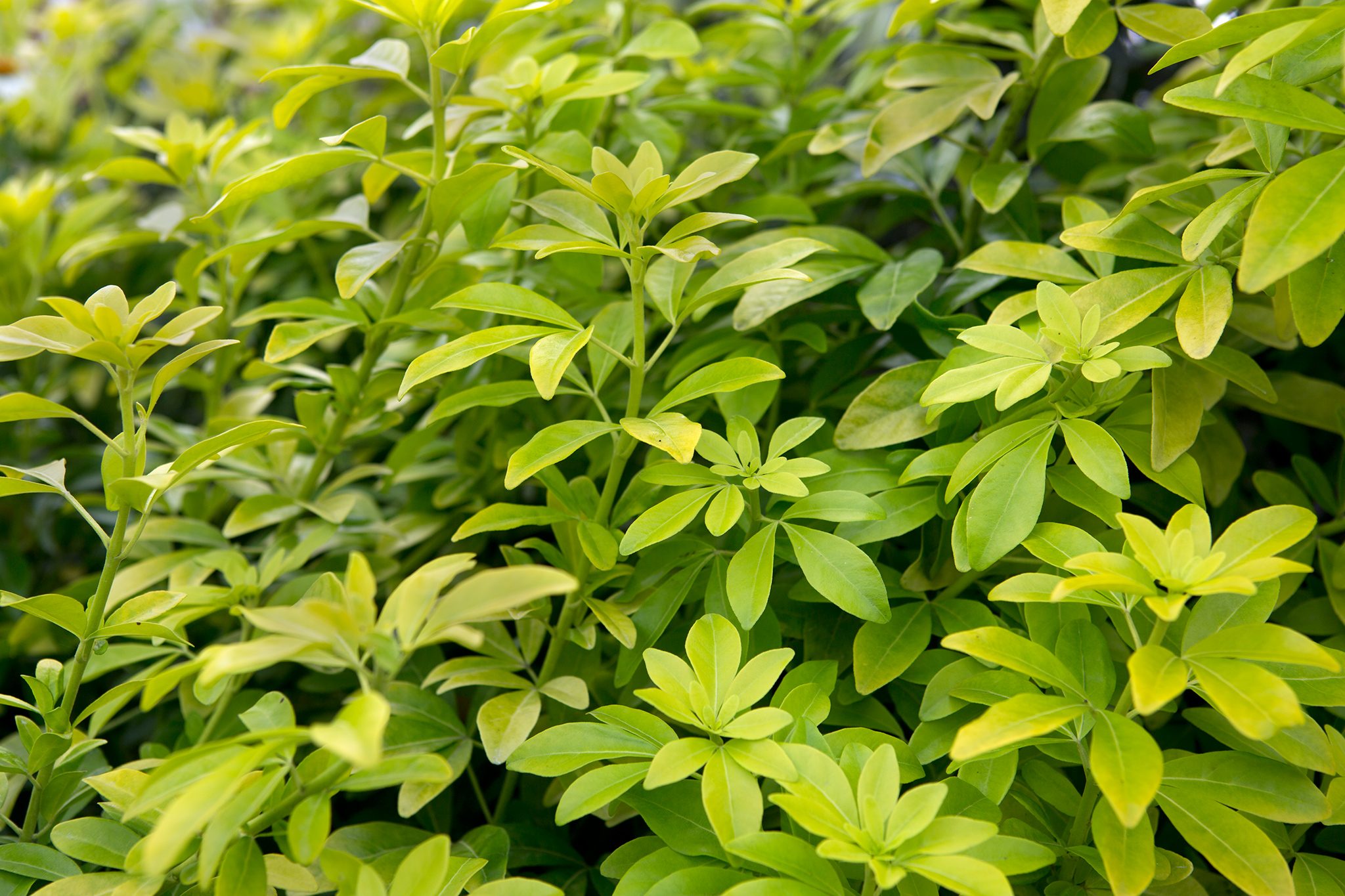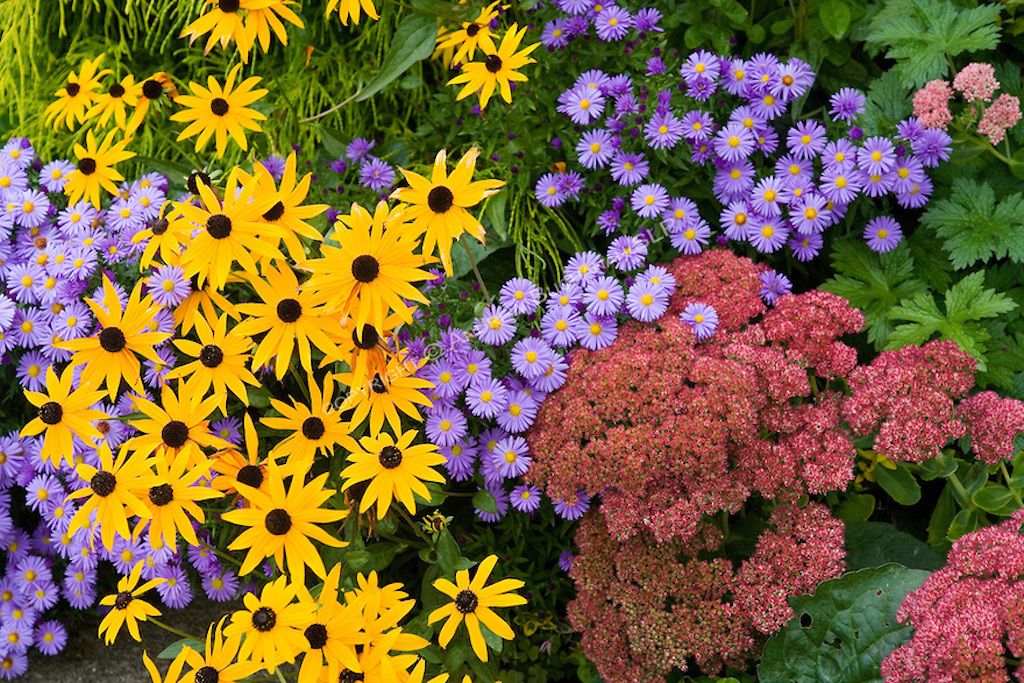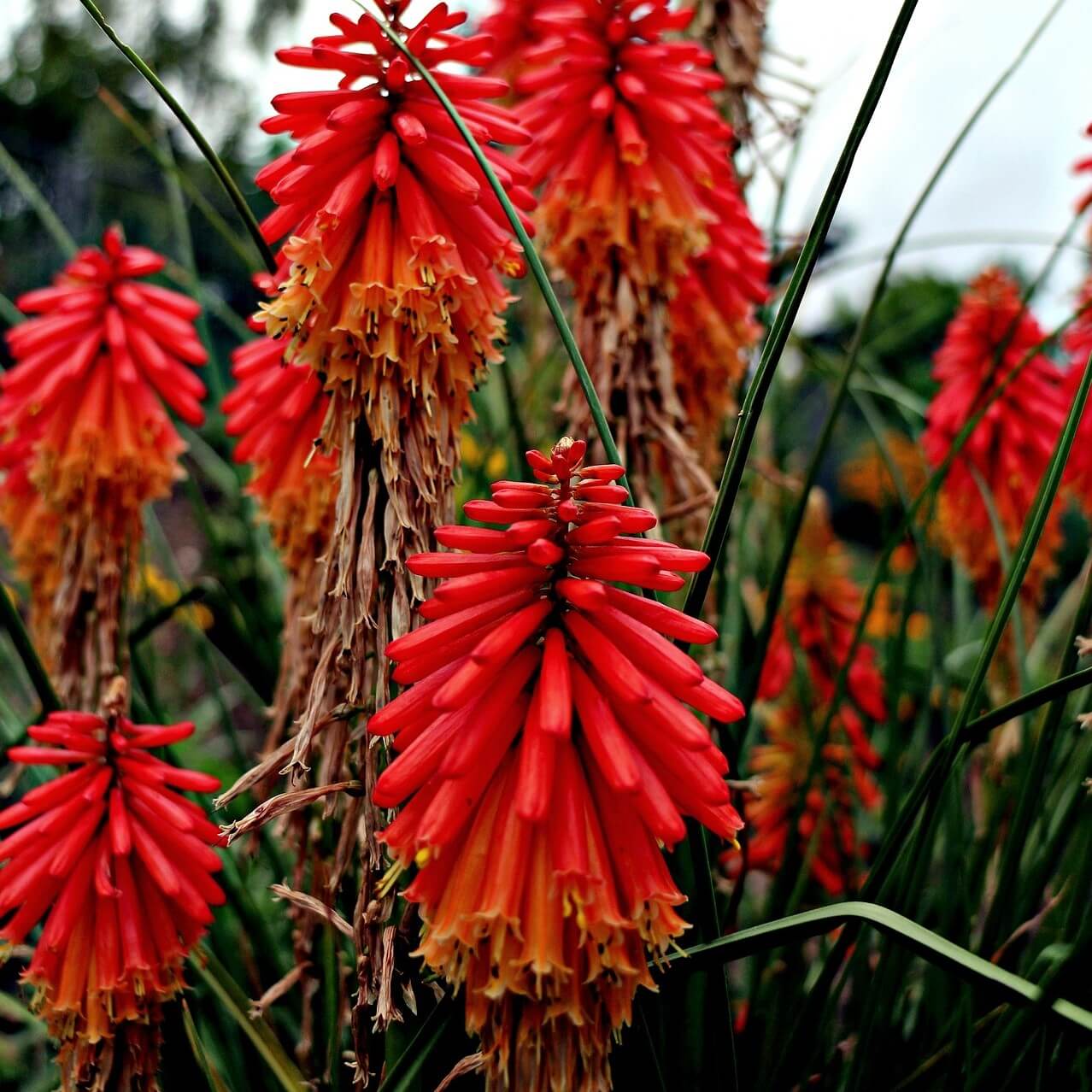Hydrangeas: A Guide to 13 Stunning Varieties for Your Garden
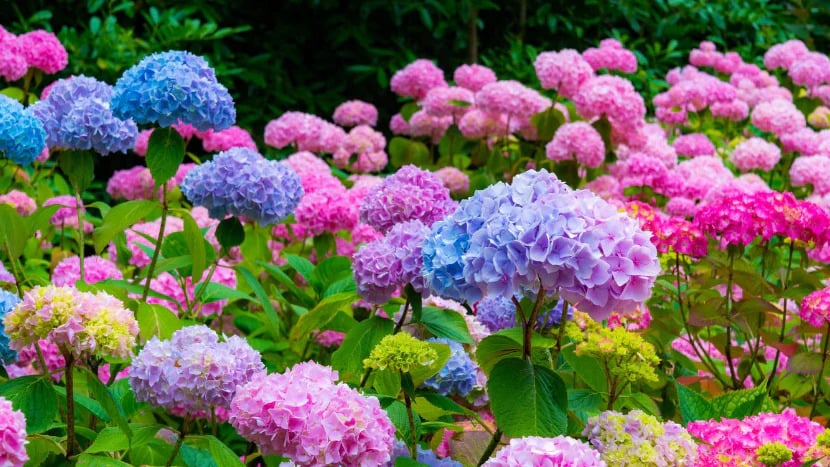
Table of Contents
Hydrangeas are among the most popular and beloved garden plants worldwide, known for their large and showy blooms in various colours. With over 75 species and countless cultivars, hydrangeas offer many options for those looking to add colour and texture to their outdoor space. The UK climate, with its relatively mild summers and cooler winters, is particularly well-suited to growing hydrangeas, which thrive in moist, well-draining soil.
When choosing hydrangea varieties in the UK, it’s important to consider the size and shape of your garden and your personal preferences for colour and bloom type. Some varieties, such as the ‘Annabelle’ hydrangea, produce large, white blooms that can reach up to 12 inches in diameter, while others, like the ‘Endless Summer’ hydrangea, offer a range of colours, including pink, blue, and purple, depending on soil acidity.
Hydrangea varieties can also vary in size, with some growing up to 6 feet tall and others remaining compact and suitable for container gardening. In addition to their aesthetic appeal, hydrangeas have a rich cultural and historical significance, with various species and cultivars associated with love, friendship, and even gratitude. Whether grown in a formal garden or a rustic cottage garden, hydrangeas are sure to bring beauty and charm to any outdoor space.
Add Elegance to Your UK Garden with These Beautiful Hydrangea Varieties
1. Annabelle Hydrangea

The Annabelle hydrangea (Hydrangea arborescens ‘Annabelle’) is a popular variety in the UK known for its stunning white blooms that can grow up to 12 inches in diameter. This particular hydrangea variety is a deciduous shrub that typically grows to be around 4-5 feet tall and wide, with a rounded shape. One of the standout features of the Annabelle hydrangea is its long-lasting blooms, which can last for several weeks and often begin to appear in late spring, continuing through the summer months. One of the reasons why the Annabelle hydrangea is so well-suited to UK gardens is its hardiness. This variety can withstand colder temperatures and even frost, making it an excellent choice for gardeners who want to enjoy beautiful blooms throughout the summer without worrying about weather-related damage.
2. Lacecap Hydrangea
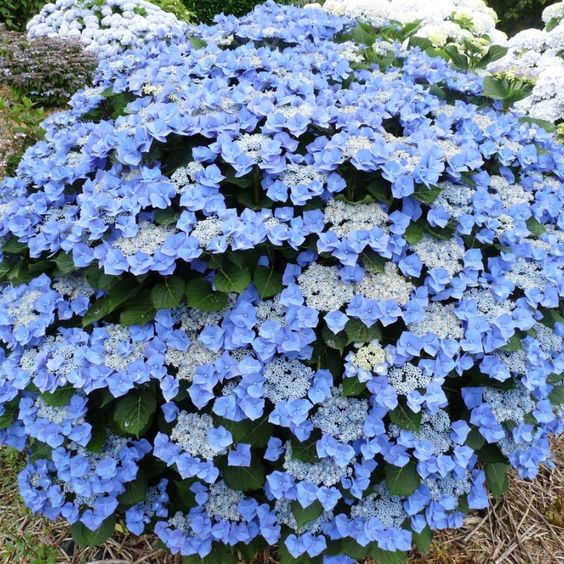
The lace-cap Hydrangea (Hydrangea macrophylla) is a popular variety due to its delicate and lacy flowers that bloom in shades of blue, pink, and white. This variety is unique in how the smaller flowers are arranged in the centre, surrounded by a ring of larger and showier blooms. The lace-cap Hydrangea typically grows around 3-6 feet tall and wide, making it a good choice for smaller gardens or as an accent plant. Regarding care, the lace-cap Hydrangea prefers moist, well-drained soil and partial shade. In hotter climates, it may benefit from some afternoon shade to prevent the flowers from drying out. Pruning should be done in late summer or early fall after the flowers have finished blooming.
3. Endless Summer Hydrangea
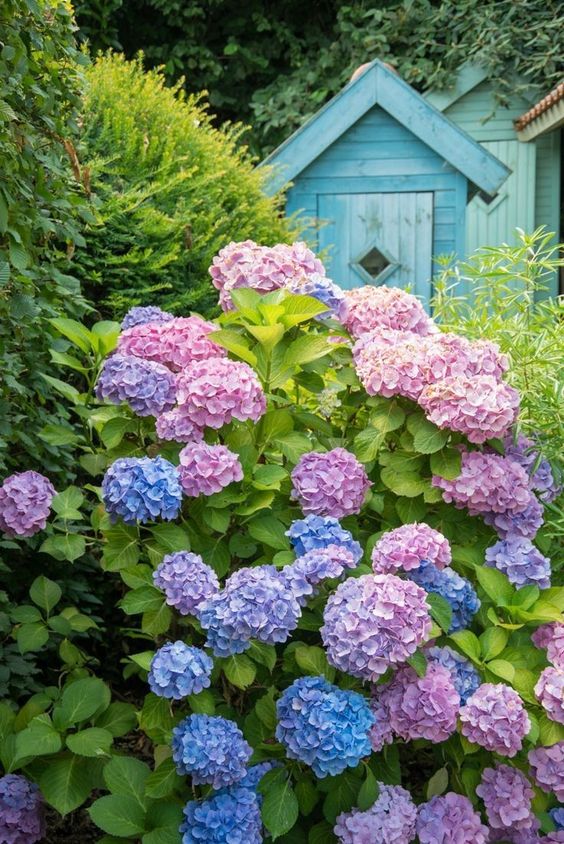
The Endless Summer hydrangea (Hydrangea macrophylla ‘Endless Summer’) produces large, mophead blooms that range in colour from deep blue to pink and even purple. The flowers are known for their long-lasting beauty and can bloom throughout the summer, hence the name “Endless Summer.” One of the unique features of the Endless Summer hydrangea is its ability to bloom on both old and new wood. This means that even if the plant experiences winter damage or is pruned too late in the season, it will still produce blooms on new growth. This ensures a long and prolific blooming season, which is especially beneficial for gardeners in the UK, where summers can be relatively short.
4. PeeGee Hydrangea
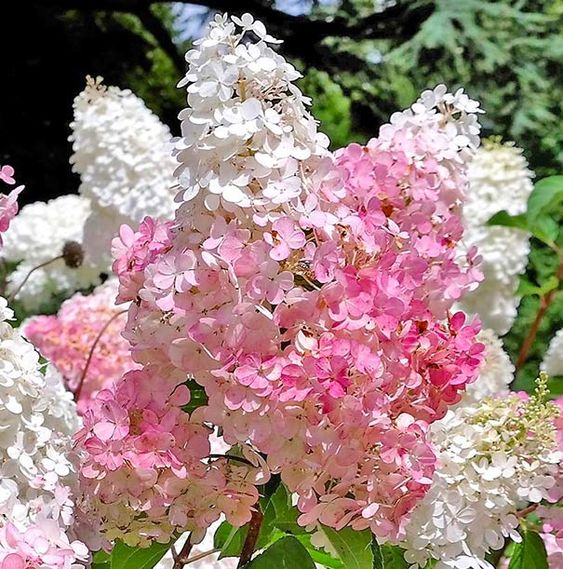
The PeeGee hydrangea, also known as the panicled Hydrangea, is a stunning variety that can add a touch of grandeur to any garden. This deciduous shrub can grow up to 20 feet tall and 10 feet wide, making it a perfect choice for extensive gardens or as a standalone plant. In addition, peepee hydrangeas produce cone-shaped flowers that can reach up to 18 inches long and 12 inches wide, making them one of the largest varieties of hydrangeas. They are low-maintenance plants that can tolerate a wide range of growing conditions. They prefer full sun to partial shade and well-draining soil.
5. Climbing Hydrangea
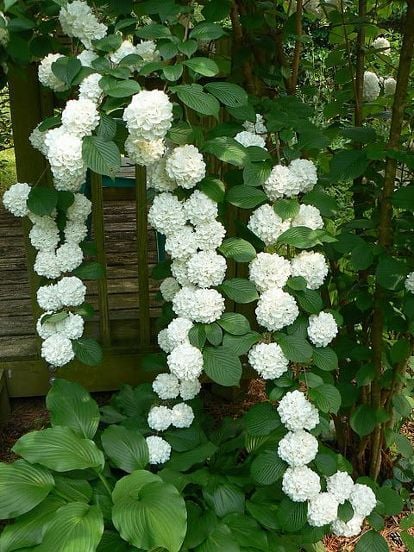
Climbing hydrangeas are known for their ability to add an element of vertical interest to a garden, making them a popular hydrangeas variety among gardeners in the UK. These plants can grow up to 50 feet long and feature woody stems that cling to surfaces using aerial roots. Climbing hydrangeas are versatile plants that can be grown in various settings, from shaded woodlands to sunny walls and trellises. They are relatively low-maintenance and can be trained to grow in different shapes and directions, allowing you to create a custom look for your garden.
6. Teller Blue Hydrangea
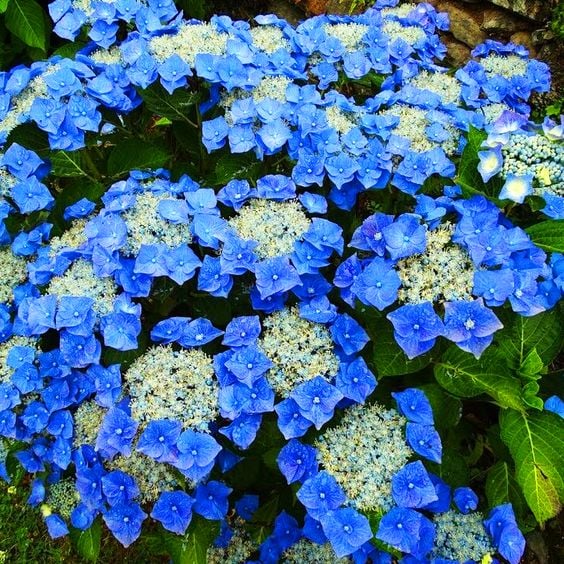
The Teller Blue hydrangea is a popular and striking hydrangea variety in the UK known for its large, showy blooms in shades of blue. The flowers of this plant can range in colour from deep blue to pale lavender, depending on the soil’s pH level. Teller Blue hydrangeas are compact plants, typically growing to a height of about 3-4 feet, which makes them an ideal choice for smaller gardens or containers. One of the great things about the Teller Blue hydrangea is its ability to tolerate a wide range of growing conditions.
7. Cityline Paris Hydrangea
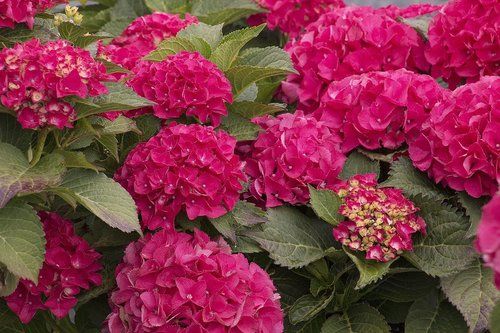
The Cityline Paris hydrangea (Hydrangea macrophylla ‘Paris Rapa’) is a beautiful and compact variety highly valued for its stunning pink blooms. The plant grows to about 1-2 feet tall and wide, perfect for small gardens, containers, or as a border plant. One of the key advantages of the Cityline Paris hydrangea is its disease resistance, making it a low-maintenance choice/ Additionally, this variety can grow in both sun and shade, making it versatile and adaptable to different growing conditions.
8. Fire Light Hydrangea
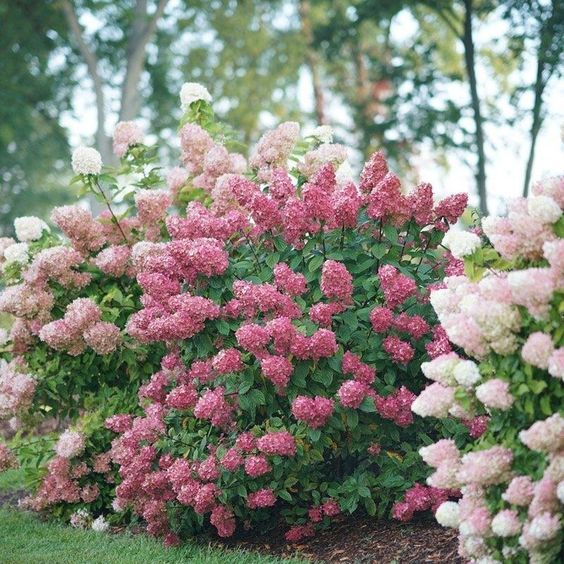
The Fire Light hydrangea (Hydrangea paniculata ‘SMHPFL’) is a wide variety of Hydrangea known for its show-stopping blooms that change colour throughout the growing season. The cone-shaped flowers start white in early summer and gradually turn shades of pink and red as the season progresses, creating a stunning visual display. In addition to its beautiful blooms, the Fire Light hydrangea is a compact grower, making it an excellent choice for smaller gardens or planting in containers. This variety typically grows about 6-8 feet tall and wide, making it easy to fit into various landscaping plans.
9. Oakleaf Hydrangea
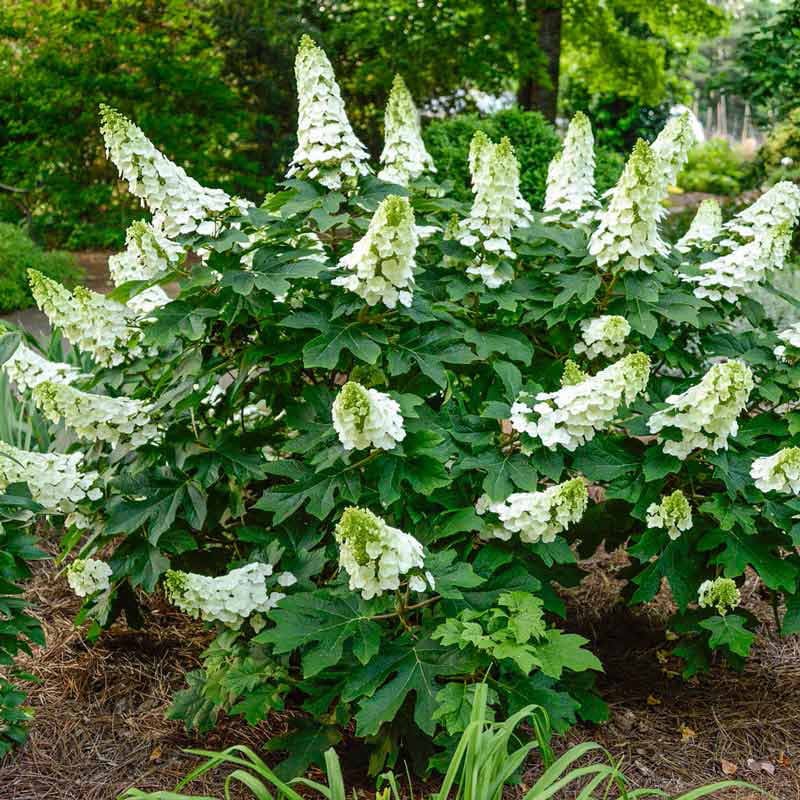
The oakleaf hydrangea (Hydrangea quercifolia) is a unique variety of Hydrangea due to its large, cone-shaped blooms and foliage that resembles the leaves of an oak tree. The oakleaf hydrangea leaves are large and can grow up to 8 inches long. They turn vibrant shades of red, orange, and purple in the fall, adding a stunning display of colour to any garden. These blooms are large, cone-shaped, reaching up to 12 inches long. Unlike other hydrangea varieties in the UK, oakleaf hydrangeas do not change colour based on soil pH. Oakleaf hydrangeas prefer partial shade and moist, well-draining soil. They can tolerate full sun in cooler climates but may need extra water during hot, dry weather. Oakleaf hydrangeas are relatively low-maintenance plants that are resistant to pests and diseases.
10. Limelight Hydrangea

The Limelight hydrangea (Hydrangea paniculata ‘Limelight’) is a deciduous shrub highly sought after for its beautiful, cone-shaped blooms. The flowers start as bright lime green in mid-summer and gradually transition to shades of pink and red as the season progresses. The colours are upright on strong stems and can reach up to 8 inches long. The Limelight hydrangea is a relatively fast-growing plant that can reach 8-10 feet tall and wide. It prefers full sun to partial shade and well-draining soil. This plant is also known for its tolerance to drought and heat, making it an excellent choice for UK gardens with fluctuating weather conditions.
11. Nikko Blue Hydrangea
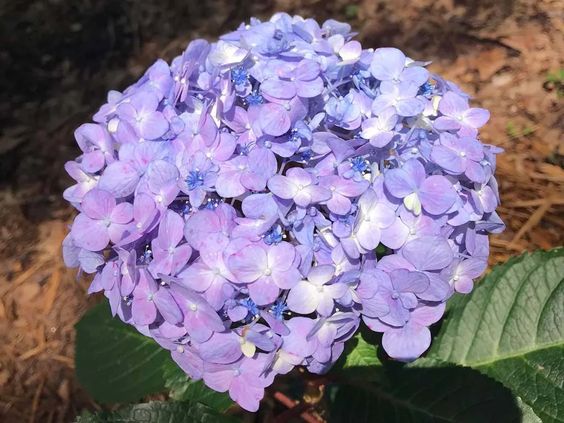
The Nikko Blue hydrangea (Hydrangea macrophylla ‘Nikko Blue’) is a popular and well-known variety of Hydrangea that produces large, showy blooms in shades of blue, pink, or white. The plant is a deciduous shrub that can reach heights of up to 6 feet and has a similar spread. The Nikko Blue hydrangea is named for its stunning blue blooms resulting from the plant’s pH levels. The flowers appear blue in acidic soil, pink in alkaline soil, and a mix of blue and pink in neutral ground. The plant is easy to care for and prefers well-draining soil with consistent moisture. It does best in partial shade but can tolerate full sun in cooler climates.
12. Snowball Hydrangea
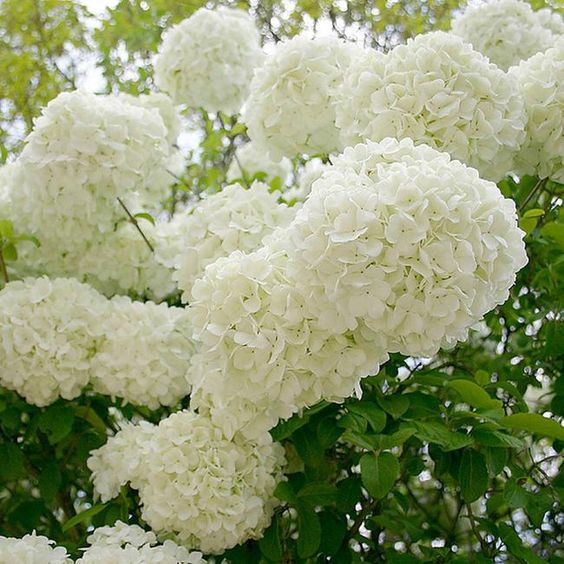
The snowball hydrangea (Hydrangea arborescens ‘Grandiflora’) is a deciduous shrub native to the eastern United States. It is a classic variety of Hydrangea due to its stunning, ball-shaped blooms that can reach up to 12 inches in diameter. The snowball hydrangea is a prolific bloomer, producing flowers from early summer through fall. In addition, snowball hydrangeas are relatively low-maintenance plants that can tolerate various growing conditions. They are also disease-resistant, making them an excellent choice for those looking for a low-maintenance plant that will add beauty to their garden without requiring a lot of upkeep.
13. Invincibelle Spirit Hydrangea
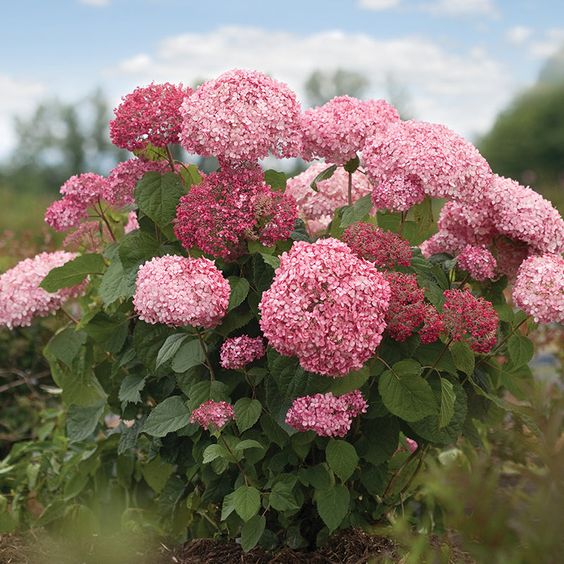
The Invincibelle Spirit hydrangea is a deciduous shrub that is a relatively new addition to the hydrangea family. This plant is a hybrid of Hydrangea arborescens and was developed by Proven Winners. The Invincibelle Spirit hydrangea is a compact grower and can reach up to 4 feet tall and wide at maturity. The blooms are a stunning pink shade and can last up to four months, starting in late spring or early summer. One of the best features of the Invincibelle Spirit hydrangea is its disease resistance. This plant is resistant to powdery mildew, a common problem among other UK hydrangea varieties.
It’s Time for A Stunning Addition to Your Garden!
Hydrangeas offer many options for gardeners looking to add colour and texture to their outdoor space. From the classic Nikko Blue Hydrangea to the unique Oakleaf Hydrangea, a variety of Hydrangea is perfect for every UK garden. With proper care and maintenance, these plants can thrive in various growing conditions and provide stunning blooms year after year.
It’s important to consider your climate and growing conditions when selecting which Hydrangeas to grow in your garden, as well as your personal preferences and style. By doing some research and planning, you can create a garden that is both visually stunning and portrays your personality!
So why not add a Hydrangea to your garden today and enjoy the beauty and elegance they bring to your outdoor space?
Frequently Asked Questions (FAQs)
When Is the Best Time to Plant Hydrangeas?
The best time to plant Hydrangeas is in the spring or fall when temperatures are mild, and the soil has plenty of moisture.
How Much Sunlight Do Hydrangeas Need?
Most Hydrangea varieties in the UK prefer partial shade or filtered sunlight. However, some types, such as Panicle Hydrangea, can tolerate full sun.
How Often Should You Water Hydrangeas?
Hydrangeas require regular watering, especially during hot, dry weather. Therefore, watering deeply once or twice a week rather than frequent shallow watering is recommended.
How Do You Prune Hydrangeas?
Pruning hydrangeas depends on the variety. For example, mophead and lace cap Hydrangeas should be pruned after blooming in late summer or early fall, while panicle and smooth hydrangeas can be pruned in the late winter or early spring.
How Can One Change the Color of Their Hydrangea Blooms?
The colour of hydrangea blooms can be changed by adjusting the pH of the soil. Acidic soil produces blue blooms, while alkaline soil produces pink flowers. Adding aluminium sulfate to the ground will make it more acidic while adding lime will make it more alkaline.

![Zinnia Planting and Caring Guide [UK]](https://staging.thearches.co.uk/wp-content/uploads/Zinnia-Plant-Care-Growing-Tips.jpg)
